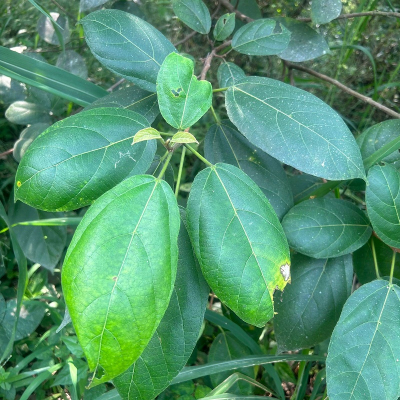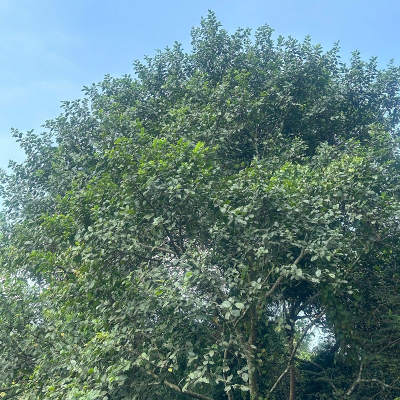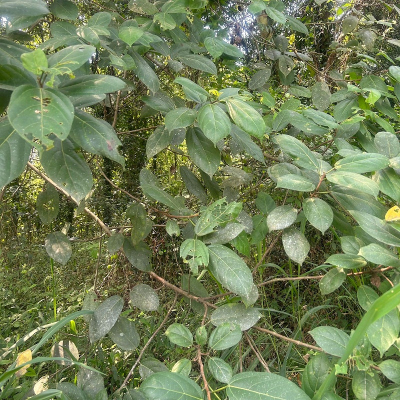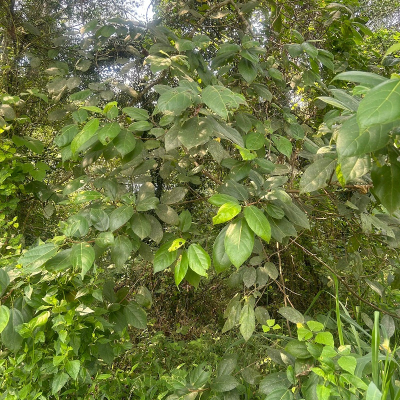Distribution and Habitat: Small tree; through out Kerala, E. Africa, Arabia, India and SriLanka
Botany: Small tree; bark greyish- brown, smooth. Arial roots absent.
- Leaves: Elliptic or obovate, acute or acuminate base rounded, scabrous, to 10 x 5 cm; lateral nerves 4-6 pairs, basal pair opposite and ribbed; petiole, to 4cm long; leaves of saplings and coppice shoots often lobed.
- Fruit: Figs axillary, solitary, globose, scabrid; yellow when ripe, 1cm long; basal bracts 6 or 7; peduncle about 1cm long.
Properties: anti-inflammatory, analgesic, anti-ulcer, anti-diabetic, lipid-lowering and antifungal activities
Chemical constituents: Bark contains alkaloids, cardiac glycosides, saponines, sterols etc. Bergapten, oxypeucedanin hydrate and sitosterol-3-O-β-D-glucopyranoside are present in stem bark. In leaves, β-sitosterol and sitosterol-3-O-β-D-glucopyranoside were present. Essential oil from the leaves contain 1, 8 cineole, p-Cymene, (E)-Phytol, β-Ionone etc.
Uses : Bark juice is used against enlargement of liver and spleen.
Propagation: By seeds





